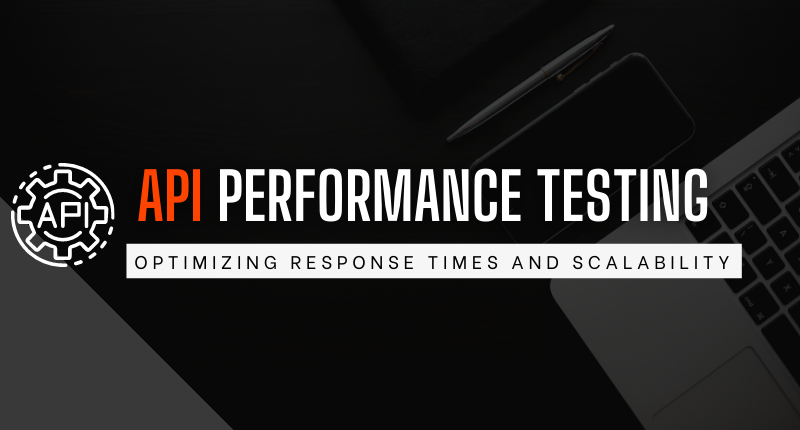As APIs (Application Programming Interfaces) play a pivotal role in enabling seamless communication between different software systems, API Performance Testing becomes crucial. They have become the backbone of modern applications, ensuring data exchange and functionality integration. However, as API usage continues to surge, maintaining impeccable performance becomes crucial to ensure user satisfaction, system stability, and ultimately, business success.
In this blog, we will delve into the realm of API, exploring the significance of optimizing response times and scalability. We will uncover the key strategies and best practices to unleash the full potential of your APIs, ensuring they remain reliable and efficient under varying workloads.
Understanding the Importance of API Performance Testing
API performance testing is the process of evaluating an API’s speed, reliability, and scalability under different load conditions. It allows developers and testers to identify potential bottlenecks, fine-tune code, and optimize server configurations to ensure optimal performance. Unoptimized APIs can lead to:
- Slow response times, causing user frustration.
- Downtime and service disruptions, impacting business continuity.
- Reduced user retention and customer loyalty.
- A negative impact on brand reputation and revenue.
Identifying Performance Metrics
Before diving into performance testing, it’s essential to define the relevant performance metrics that will be measured. Some critical metrics include:
- Response Time: The time it takes for the API to respond to a request.
- Throughput: The number of requests the API can handle per unit of time.
- Error Rate: The percentage of failed requests.
- Latency: The time taken for data to travel from the sender to the receiver.
- Scalability: The API’s ability to handle increased loads without performance degradation.
Load Testing: Unleashing the API’s Potential
Load testing is a fundamental aspect of API performance testing. It involves simulating realistic user loads to assess how the API performs under various conditions. Here’s how you can approach load testing:
a. Identify Realistic Scenarios: Understand your application’s expected usage patterns and create test scenarios that simulate real-world conditions.
b. Select Suitable Tools: Choose appropriate load testing tools such as JMeter, Gatling, or Locust, based on your requirements and budget.
c. Execute Performance Tests: Run the load tests and analyze the API’s response time, throughput, and error rates under varying loads.
Performance Tuning Techniques
Once you have identified performance bottlenecks through load testing, it’s time to optimize your API. Consider the following techniques:
a. Caching: Implement caching mechanisms to store frequently accessed data temporarily, reducing response time and server load.
b. Asynchronous Operations: Utilize asynchronous operations to handle time-consuming tasks without blocking the main execution thread.
c. Database Optimization: Optimize database queries and indexes to enhance data retrieval speed.
d. Code Profiling: Use code profiling tools to identify performance bottlenecks in the API code and address them accordingly.
Scalability: Ensuring Resilience Under Heavy Loads
Scalability is crucial for APIs, especially as user bases grow rapidly. Employ the following strategies to enhance your API’s scalability:
a. Horizontal Scaling: Distribute API load across multiple servers to handle increased traffic effectively.
b. Microservices Architecture: Implement a microservices architecture to create loosely coupled and scalable components.
c. Load Balancing: Introduce load balancers to distribute incoming requests evenly across multiple API instances.
d. Auto-scaling: Leverage cloud-based auto-scaling features to automatically adjust resources based on demand.
Conclusion
API performance testing is a critical aspect of delivering a seamless user experience and ensuring the success of modern applications. By optimizing response times and scalability, you can enhance user satisfaction, boost system stability, and gain a competitive advantage in the market.
By following the best practices mentioned in this blog, you can unlock the full potential of your APIs and build a robust and reliable software ecosystem for your users. Remember, constant monitoring and periodic testing will help you adapt to changing requirements and evolving user demands, guaranteeing an exceptional user experience for your API consumers.




